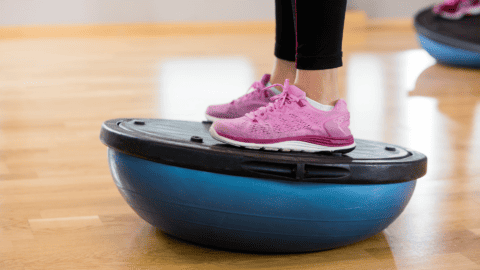Balance and stability often take a backseat when we talk about recovery from workplace injuries, but they play a pivotal role in both the treatment and compensation processes. Poor balance can complicate a worker’s compensation claim by prolonging recovery times and adding new risks. This article aims to delve into the importance of balance and stability and offer actionable tips for improvement, benefiting both patients and employers.
The Importance of Balance and Stability in Recovery
Balance is crucial not just for daily activities but also for the overall process of healing after an injury. Improved balance and stability can shorten recovery periods, allowing workers to return to their jobs sooner. Moreover, mastering balance and stability can significantly reduce the risk of re-injury, making it a cornerstone of an effective recovery program.
Common Causes of Imbalance in Injured Workers
Workers with injuries related to falls, slips, or muscle strains often experience issues with balance. Additionally, underlying conditions like inner ear disorders or neurological problems can further impair stability. Even certain medications used in the treatment of work-related injuries can have side effects that affect balance, making it crucial to address these issues comprehensively.
Assessment and Diagnostic Tests
Several tests can assess a patient’s balance, ranging from simple coordination tests to more advanced diagnostic procedures. Physical therapists play a key role in diagnosing balance-related issues, often employing technology like force platforms or computerized balance assessments. These tools provide valuable data that can guide the course of treatment.

Techniques for Improving Balance
Improving balance generally involves a mix of physical therapy and at-home exercises. Physical therapists may use specialized exercises, like balance boards or stability balls, to specifically target balance-related issues. While there are exercises that can be done at home, professional guidance ensures that these exercises are both effective and safe, tailored to the individual’s specific needs.
Safety Measures in the Workplace
Employers can play a proactive role in minimizing risks associated with balance and stability. Simple measures, like installing railings, using anti-slip flooring, and implementing ergonomic design principles, can go a long way in preventing balance-related injuries in the first place.
Conclusion
Improving balance and stability is not just a health prerogative but also a practical one, affecting the duration and efficacy of workers’ compensation claims. Both patients and employers stand to benefit from proactive measures in this area. Therefore, it’s vital to recognize the importance of balance and stability in the recovery process and take steps to improve it. If you’re dealing with a workers’ compensation claim and are facing issues with balance and stability, don’t hesitate to consult WorkSafe for specialized advice. The road to recovery can be significantly smoothed out by tackling these issues head-on, so take the first step today by finding a qualified physical therapist specializing in this field.
Contact WorkSafe to find out how we can help your company today!
Working to keep you safe, healthy, and productive,

